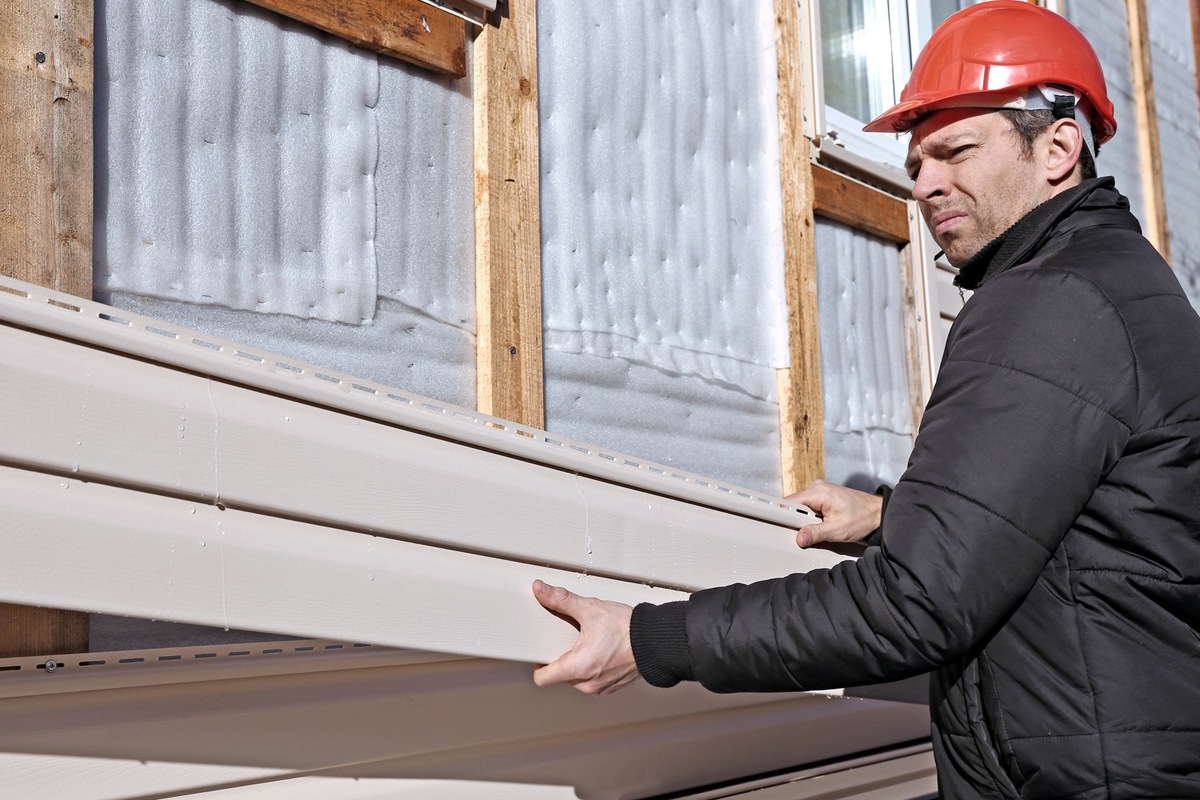

Articles
How Do You Replace A Piece Of Vinyl Siding
Modified: January 19, 2024
Learn how to effectively replace a piece of vinyl siding with our informative articles. Gain the knowledge and skills needed to tackle this DIY project confidently.
(Many of the links in this article redirect to a specific reviewed product. Your purchase of these products through affiliate links helps to generate commission for Storables.com, at no extra cost. Learn more)
Introduction
Vinyl siding is a popular choice for homeowners due to its durability, affordability, and low maintenance requirements. However, over time, it is not uncommon for a piece of vinyl siding to become damaged and in need of replacement. Whether it’s due to weather conditions, accidental impact, or general wear and tear, knowing how to replace a piece of vinyl siding can save you time and money.
In this article, we will guide you through the steps involved in replacing a piece of vinyl siding. From assessing the damage to installing the replacement piece, we will provide you with a comprehensive overview of the process. So, grab your tools and let’s get started!
Key Takeaways:
- Assess the extent of damage and gather the necessary tools and materials before replacing a piece of vinyl siding. Careful preparation and planning will ensure a smooth and efficient project.
- Take your time to properly remove, prepare, install, and secure the replacement vinyl siding. Attention to detail and thoroughness will result in a seamless and professional-looking repair.
Read more: Where To Buy Vinyl Siding Replacement Pieces
Step 1: Assess the damaged vinyl siding
The first step in replacing a piece of vinyl siding is to assess the extent of the damage. Take a close look at the affected area and determine if the damage is limited to just one panel or if it has spread to neighboring panels. This initial assessment will help you determine the amount of replacement siding you will need.
Look for signs of cracks, dents, or holes in the damaged panel. Check if the panel is securely attached to the wall or if it appears loose. If the damage is minimal and the panel is still structurally sound, you may be able to repair it instead of replacing it entirely. However, if the damage is severe, it is usually best to replace the entire panel to ensure a proper fix.
Another factor to consider during the assessment is the color and style of the existing vinyl siding. If your siding is older and has faded over time, finding an exact match for a replacement panel might be challenging. In such cases, you may need to replace multiple panels in a section to ensure a uniform and cohesive look.
Before proceeding to the next steps, make sure you have accurately assessed the extent of the damage and have a clear understanding of the scope of the replacement project. This will help you gather the necessary tools and materials and plan the repairs accordingly.
Step 2: Gather the necessary tools and materials
Once you have assessed the damaged vinyl siding and determined the scope of the replacement project, it’s time to gather the necessary tools and materials. Here’s a list of items you will need:
- Vinyl siding panels – Make sure to purchase panels that match the existing siding in color and style.
- Utility knife – This will be used to cut and trim the replacement siding.
- Pry bar – Use a pry bar to gently remove the damaged siding panel from the wall.
- Tape measure – This is essential for taking precise measurements of the replacement panel.
- Level – A level will help ensure that the replacement siding is installed straight and level.
- Hammer – You will need a hammer to secure the new siding panels in place.
- Nails – Choose galvanized or stainless steel nails that are the appropriate length for your siding.
- Caulking gun – Use a caulking gun to apply adhesive or sealant to the back of the replacement siding panel.
- Safety goggles and gloves – Protect your eyes and hands while working with tools and materials.
Make sure to have these tools and materials on hand before starting the replacement process. It’s always a good idea to double-check and ensure everything is in order to avoid any unnecessary trips to the hardware store in the middle of the project.
By gathering the necessary tools and materials beforehand, you will be well-prepared to move on to the next steps and successfully complete the vinyl siding replacement.
Step 3: Remove the damaged vinyl siding
Now that you have gathered the necessary tools and materials, it’s time to remove the damaged vinyl siding. Follow these steps to accomplish this:
- Start by locating the nails or fasteners that are securing the damaged siding panel to the wall. These are typically located near the top edge of the panel.
- Using a pry bar or a similar tool, carefully pry the nails loose, taking care not to damage the surrounding panels or the wall surface.
- Once the nails are loosened, gently pull the damaged siding panel away from the wall. This may require some force, but be careful not to exert too much pressure that could cause the panel to crack or break.
- Continue removing any remaining nails or fasteners as you work your way down the panel.
- If you encounter any stubborn nails that are difficult to remove, you can use a pair of pliers to grip and pull them out.
- Once the damaged panel is completely detached, inspect the underlying wall for any signs of damage or moisture. Address any issues before moving on to the next step.
During the removal process, be mindful of any adjacent panels that may be attached to the damaged panel. Take care not to damage or dislodge these panels as you remove the damaged siding. If any adjacent panels become loose, secure them back into place using a hammer and nails.
By carefully and methodically removing the damaged vinyl siding, you will create a clean and empty space for the installation of the replacement panel, which we will cover in the next step.
When replacing a piece of vinyl siding, make sure to carefully remove the damaged piece without causing further damage to the surrounding siding. Measure and cut the new piece to fit, then secure it in place using the appropriate nails or clips.
Step 4: Prepare the replacement vinyl siding
With the damaged vinyl siding removed, it’s time to prepare the replacement panel for installation. Follow these steps to get the replacement siding ready:
- Measure the length and width of the opening left by the removed panel. Be precise to ensure a proper fit for the replacement siding.
- Using a utility knife, carefully cut the replacement vinyl siding panel to match the measured dimensions. Make sure to cut straight and smooth edges for a seamless appearance.
- If necessary, trim any excess siding from the top or bottom edge of the replacement panel to achieve a perfect fit.
- Inspect the back of the replacement siding. Look for any pre-drilled holes or notches that align with the existing siding panels, as this will help with alignment during installation.
- If there are no pre-drilled holes or notches, use a hole punch or drill to create them. These holes will allow for proper attachment of the replacement siding.
- Apply a small amount of adhesive or sealant to the back of the replacement panel. This will help secure the panel to the wall and provide added protection against moisture.
Take your time to ensure that the replacement vinyl siding is properly prepared and ready for installation. Double-check the measurements, trim any excess material, and apply the adhesive or sealant as needed. By properly preparing the replacement panel, you will ensure a seamless and secure fit when it’s time to install it in the next step.
Read more: How Many Pieces Of Vinyl Siding Is In A Box
Step 5: Install the replacement vinyl siding
Now that the replacement vinyl siding panel is prepared, it’s time to install it. Follow these steps for a successful installation:
- Starting from the bottom, position the replacement panel into the empty space left by the removed siding. Make sure it is aligned with the surrounding panels for a seamless look.
- Slide the top edge of the replacement panel under the overlapping panel above it. This will help secure the panel in place.
- Use a level to ensure that the replacement panel is installed straight and level. Adjust as necessary.
- Once the panel is properly aligned, gently press it against the wall, making sure it adheres to the adhesive or sealant applied in the previous step.
- Using galvanized or stainless steel nails, secure the replacement siding panel to the wall. Insert the nails through the pre-drilled holes or notches in the panel and into the wall, being careful not to overdrive or damage the siding.
- Continue installing nails along the length of the panel, spacing them evenly, typically around 12 to 16 inches apart.
- Ensure that each nail is driven in flush with the surface of the siding without damaging the panel.
- Test the panel by gently pulling on it to check for stability and proper attachment. Make any necessary adjustments if needed.
By following these steps, you will be able to successfully install the replacement vinyl siding panel. Take your time to ensure that the panel is securely attached, level, and properly aligned with the surrounding panels for a seamless look.
Step 6: Secure and finish the replacement vinyl siding
After installing the replacement vinyl siding panel, the final step is to secure it and finish the installation. Follow these steps to complete the process:
- Inspect the surrounding panels to ensure they are securely attached and properly aligned with the replacement panel. If any adjustments or repairs are needed, address them before proceeding.
- Using a hammer, carefully tap down any nails that may be protruding or not sitting flush with the surface of the siding. This will ensure a smooth and uniform appearance.
- Inspect the edges and corners of the replacement panel to ensure they are tightly sealed against the adjacent panels. Apply a thin bead of caulk or sealant to any gaps or seams as needed.
- Double-check the entire installation for any visible imperfections or areas that may require touch-up. Use touch-up paint or matching caulk to conceal any blemishes or small gaps.
- If desired, clean the entire siding surface with a mild detergent and water to remove any dirt or debris and restore its original appearance.
- Ensure that the replacement panel and the entire siding system are free from any damage or defects. This will help maintain the longevity and functionality of your vinyl siding.
By securing and finishing the replacement vinyl siding, you will ensure that it blends seamlessly with the existing siding and provides maximum protection for your home. Take the time to address any imperfections and ensure a clean and professional-looking installation.
Congratulations! You have successfully replaced a piece of vinyl siding. With the right tools, materials, and a bit of patience, you can maintain your home’s curb appeal and keep your siding looking its best for years to come.
Conclusion
Replacing a piece of vinyl siding may seem like a daunting task, but with the right knowledge and tools, it can be a manageable DIY project. By following the steps outlined in this guide, you can successfully assess, remove, prepare, install, and secure a replacement vinyl siding panel.
Remember to carefully assess the damage to determine if a full replacement panel is necessary or if a repair can suffice. Gathering the necessary tools and materials ahead of time will ensure a smooth and efficient project. Removing the damaged panel with caution and precision will help maintain the integrity of the surrounding siding. Preparing the replacement panel by measuring, cutting, and applying adhesive or sealant ensures a proper fit and long-lasting results.
When installing the replacement vinyl siding, take your time to align it properly and secure it with nails. Double-check for stability, levelness, and evenness of the panel. Finally, secure and finish the installation by addressing any gaps, blemishes, or imperfections. Cleaning the entire siding surface, if desired, will help maintain its appearance and prolong its lifespan.
Remember, safety should always be a priority during any home improvement project. Use protective gear, such as safety goggles and gloves, and exercise caution while working with tools and materials.
By mastering the process of replacing a piece of vinyl siding, you can maintain the beauty and functionality of your home’s exterior. Regular maintenance and prompt repairs will help extend the lifespan of your vinyl siding and protect your home from the elements.
So, whether you are looking to replace a damaged panel or simply want to refresh the appearance of your home, with the information provided in this article, you have the knowledge and confidence to tackle the task.
Remember, if you’re ever unsure or uncomfortable with carrying out a vinyl siding replacement yourself, don’t hesitate to consult a professional for assistance. They can ensure the job is done correctly and provide valuable guidance.
Frequently Asked Questions about How Do You Replace A Piece Of Vinyl Siding
Was this page helpful?
At Storables.com, we guarantee accurate and reliable information. Our content, validated by Expert Board Contributors, is crafted following stringent Editorial Policies. We're committed to providing you with well-researched, expert-backed insights for all your informational needs.
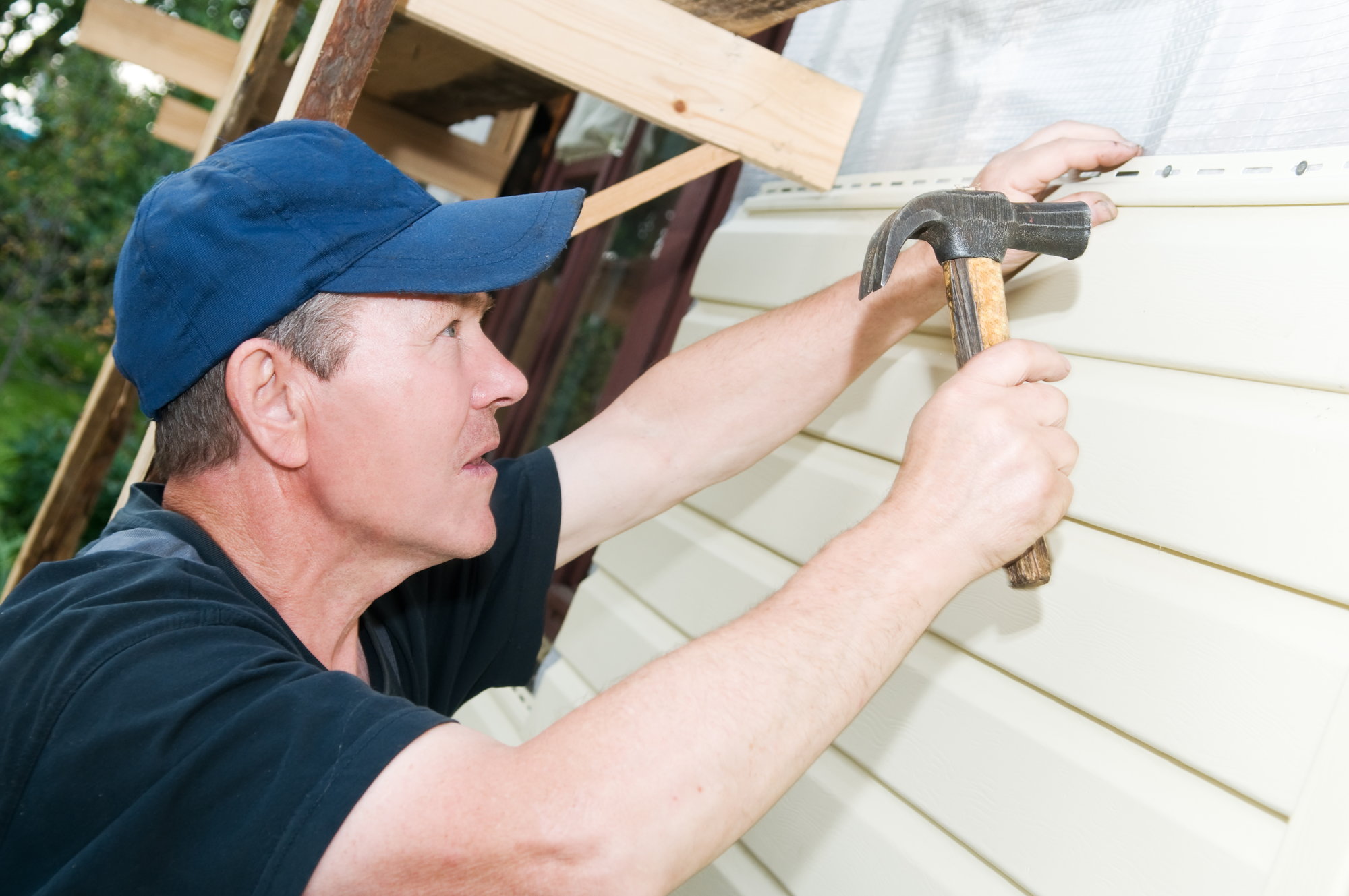
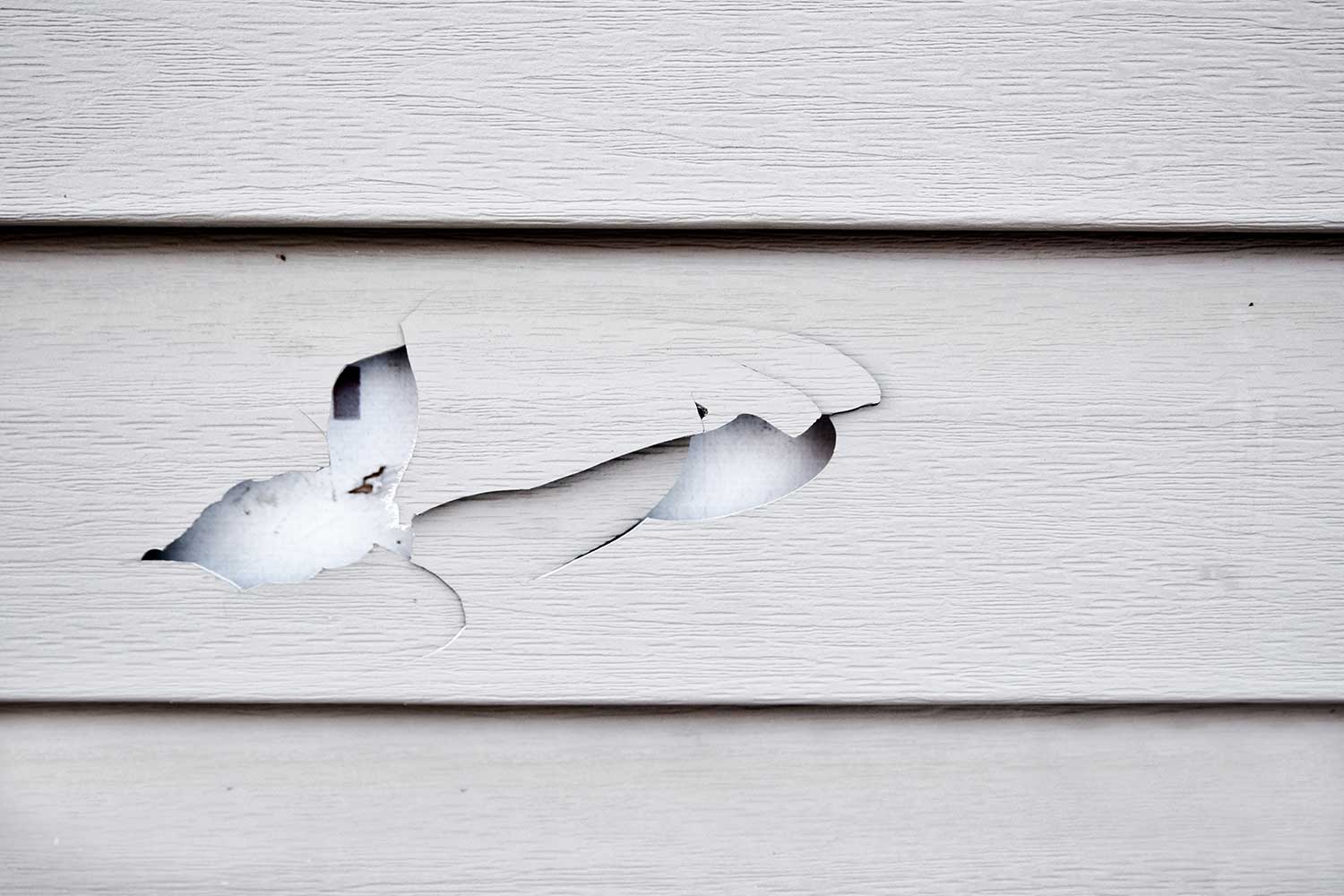
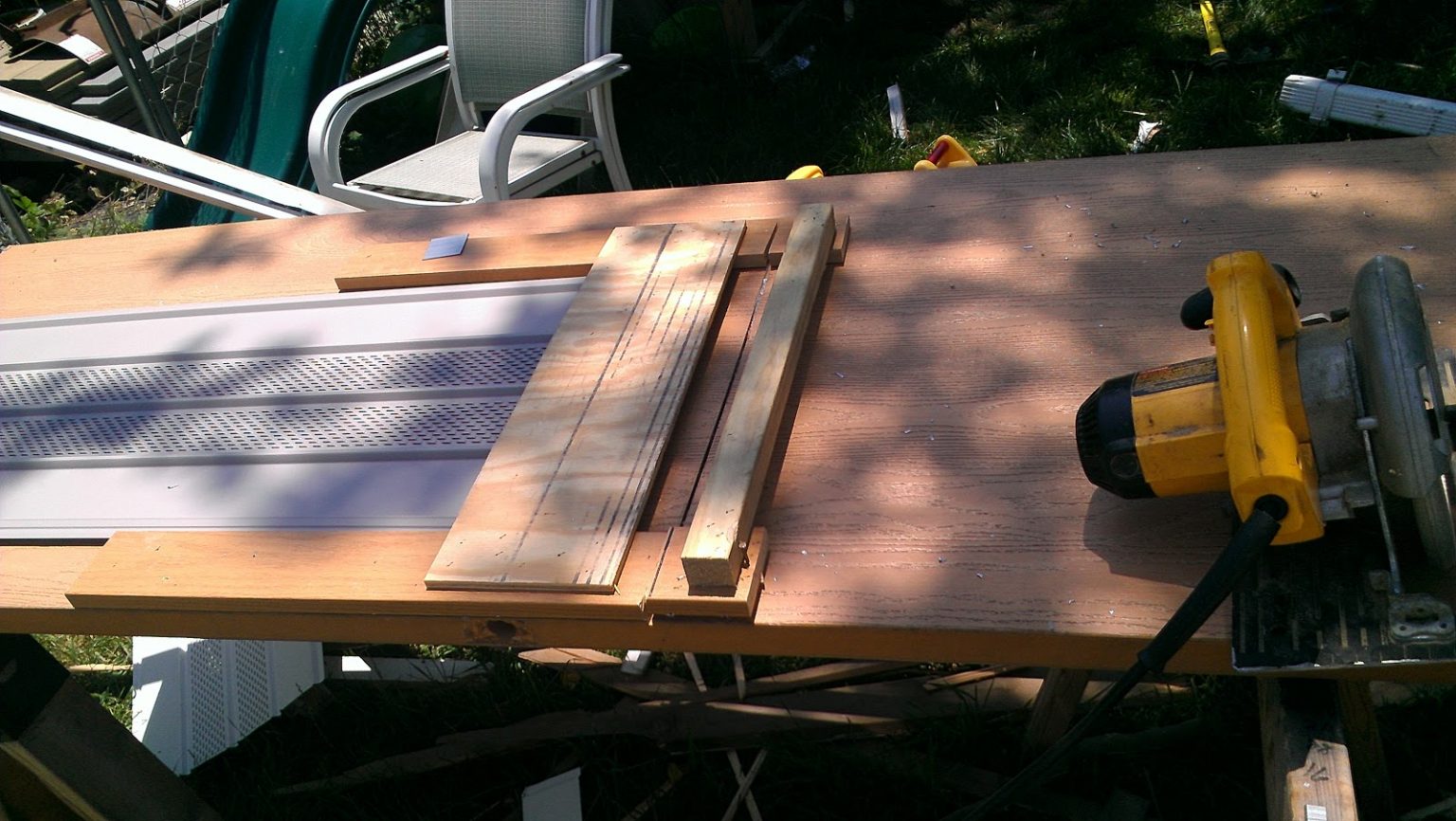
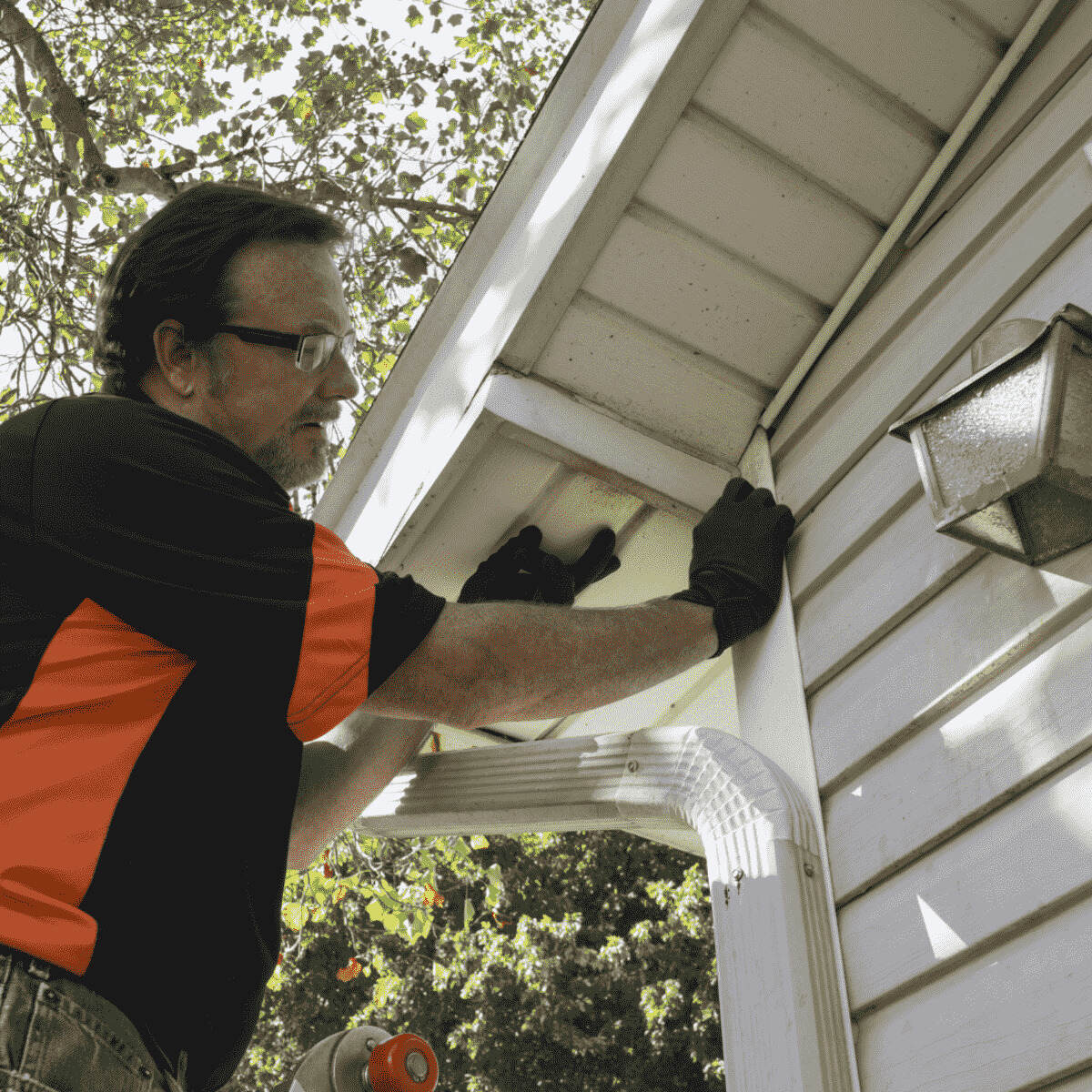
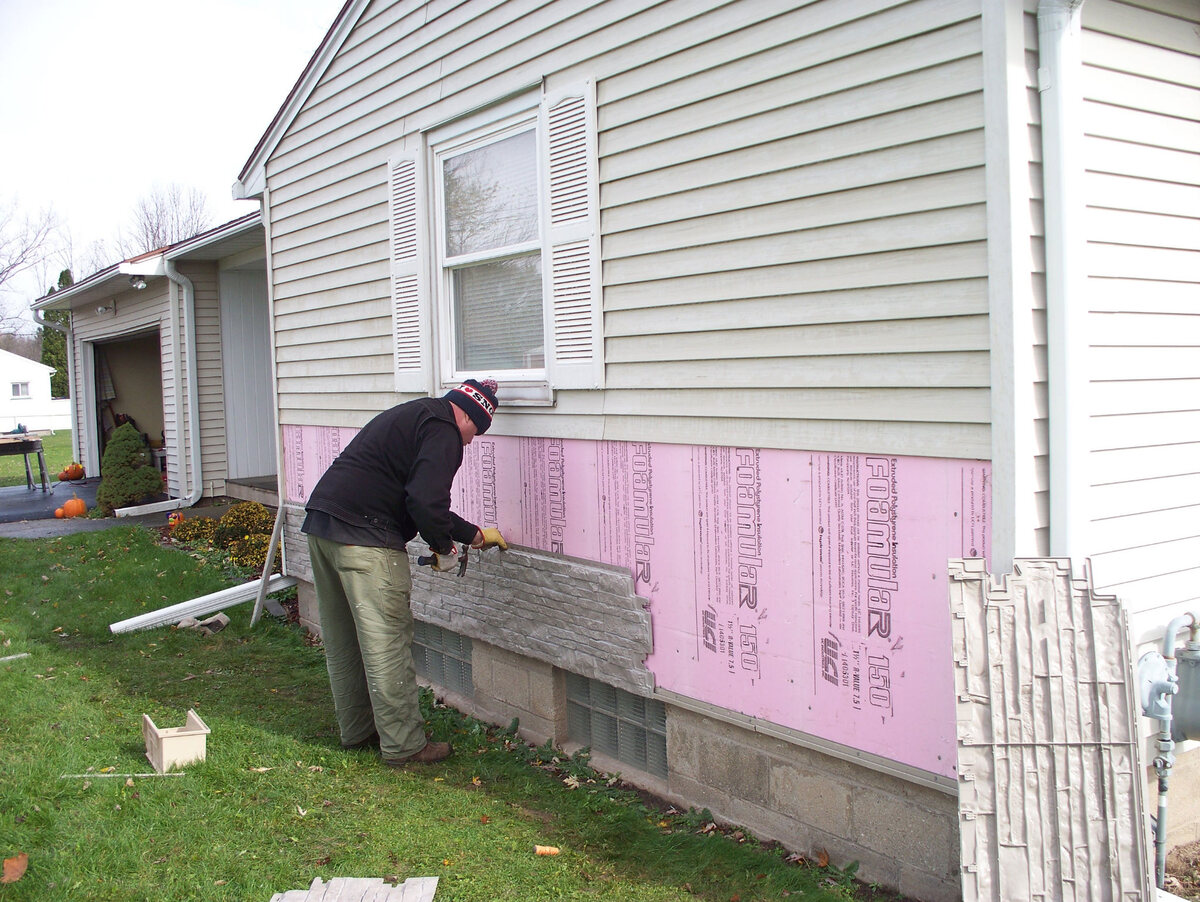
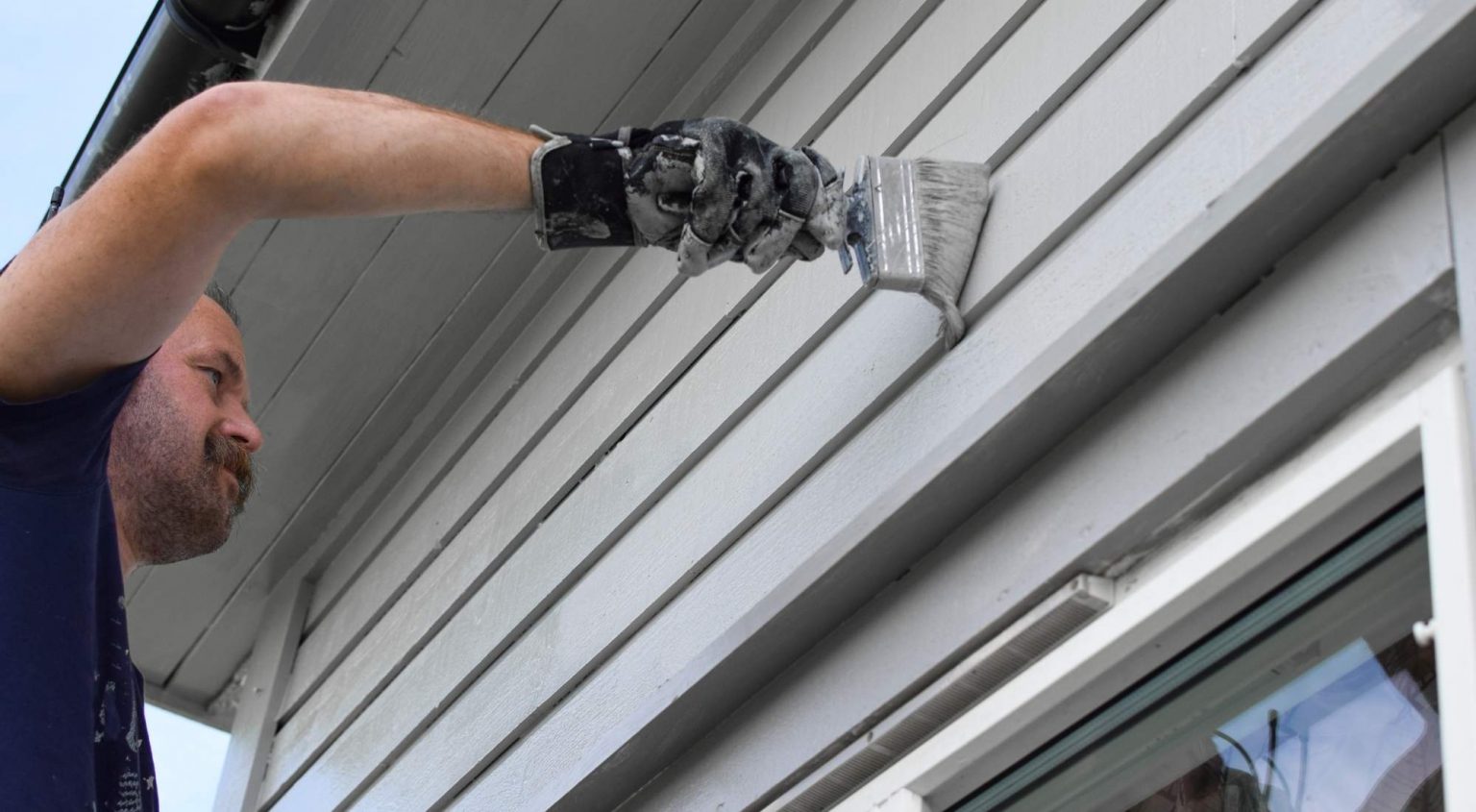
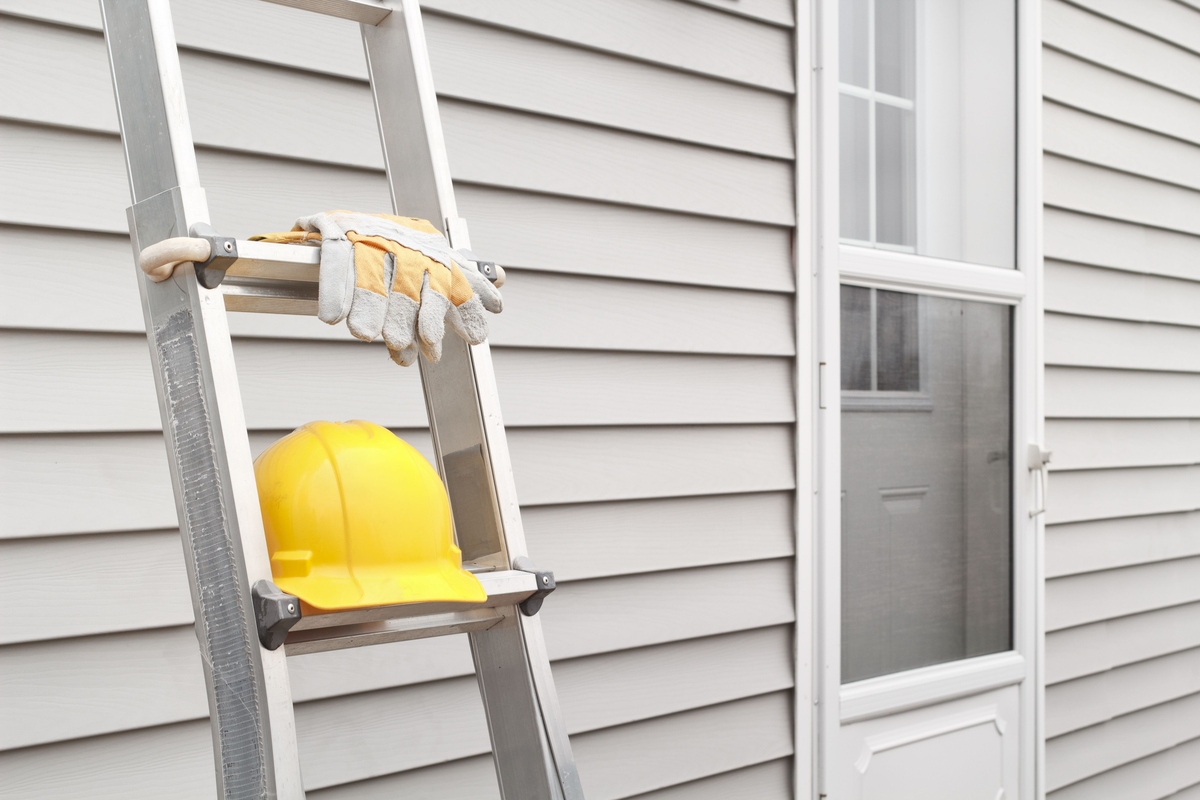
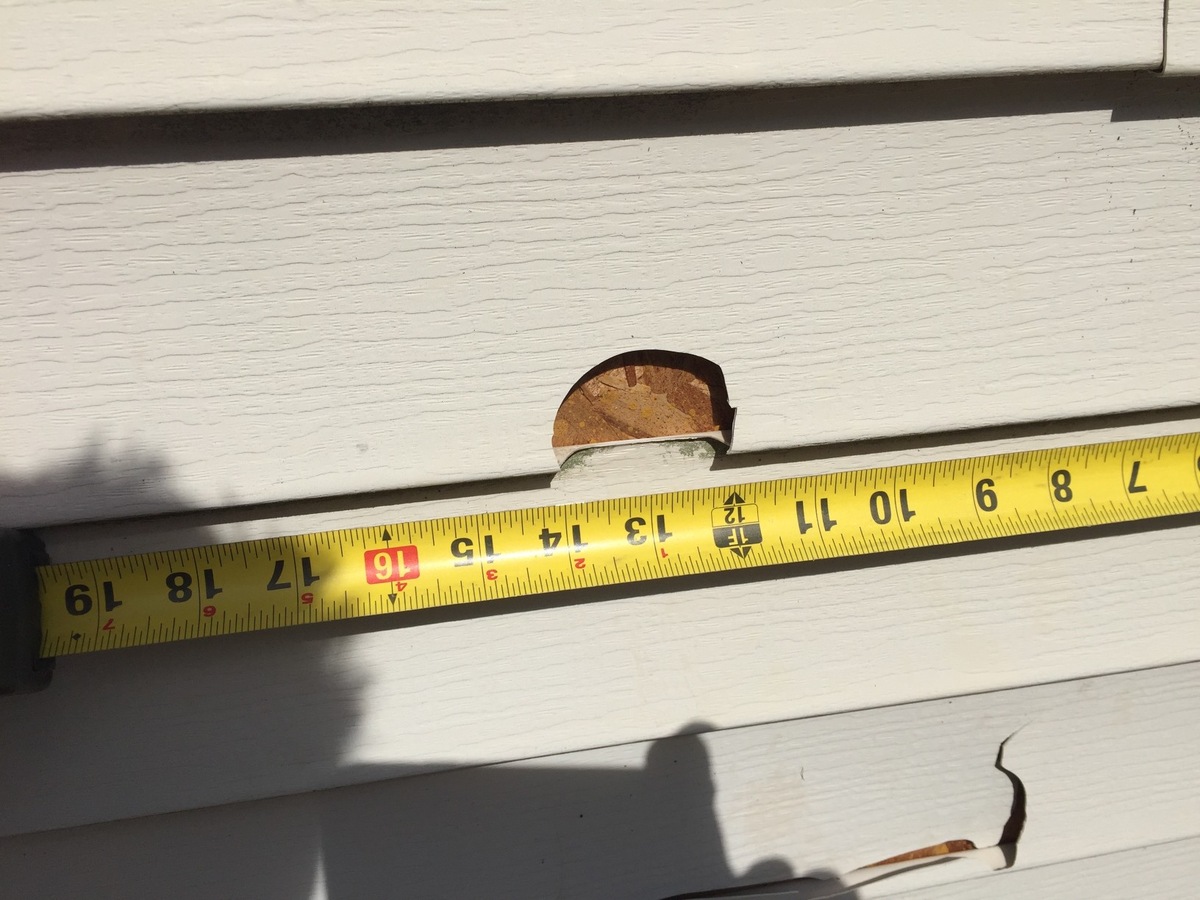
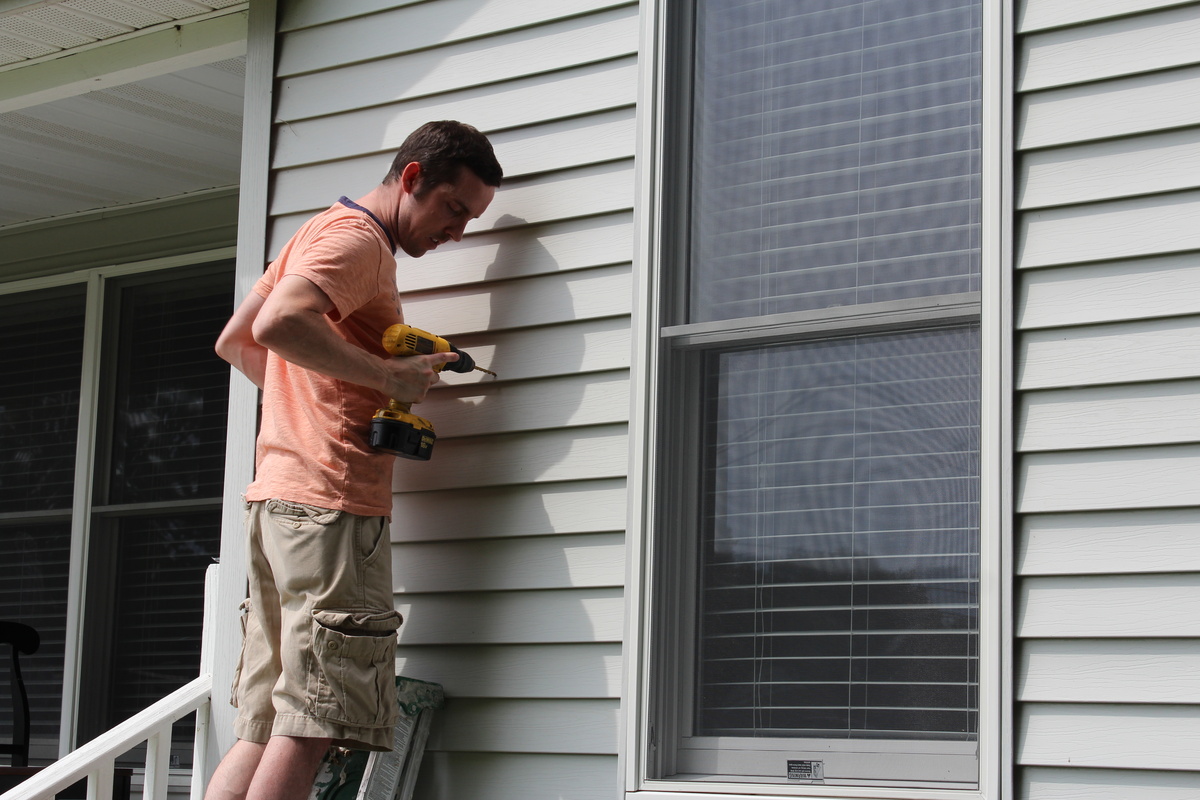
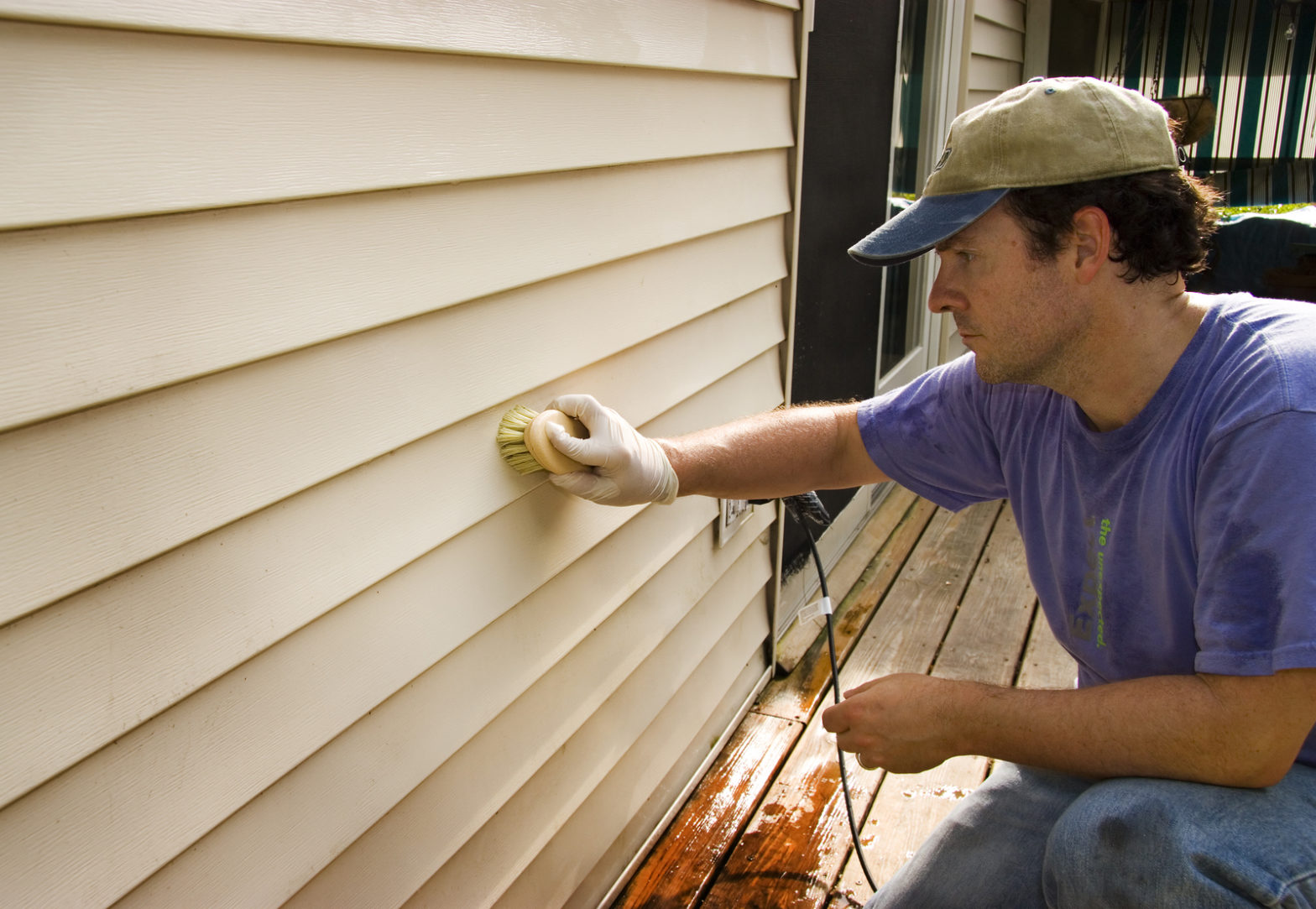

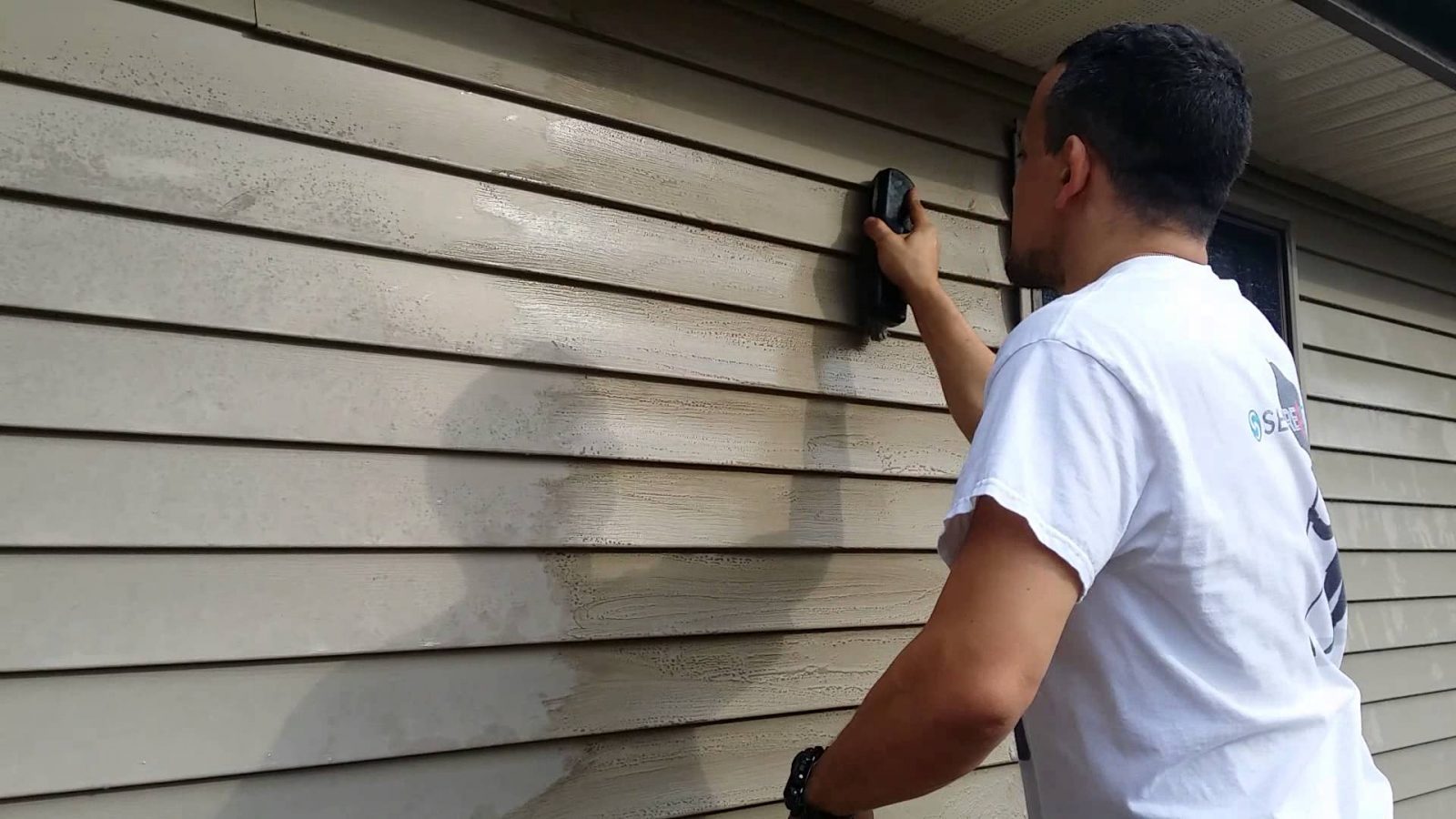

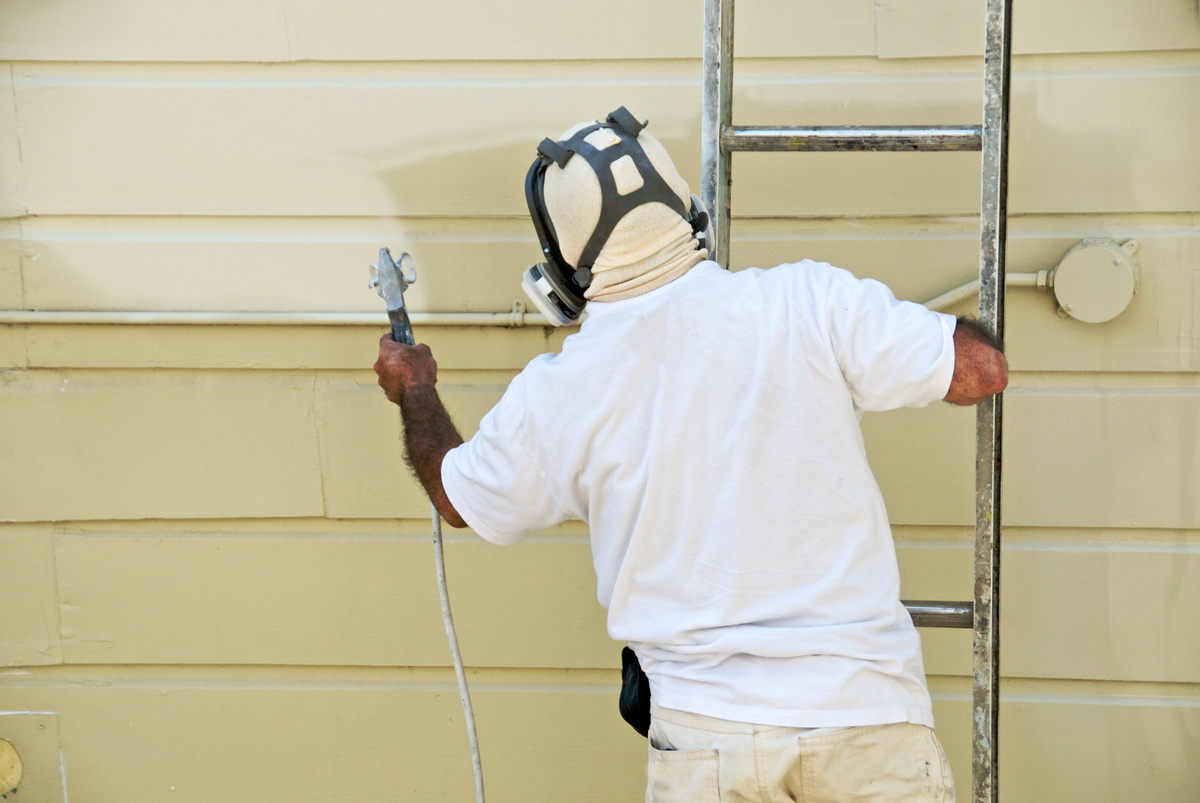

0 thoughts on “How Do You Replace A Piece Of Vinyl Siding”